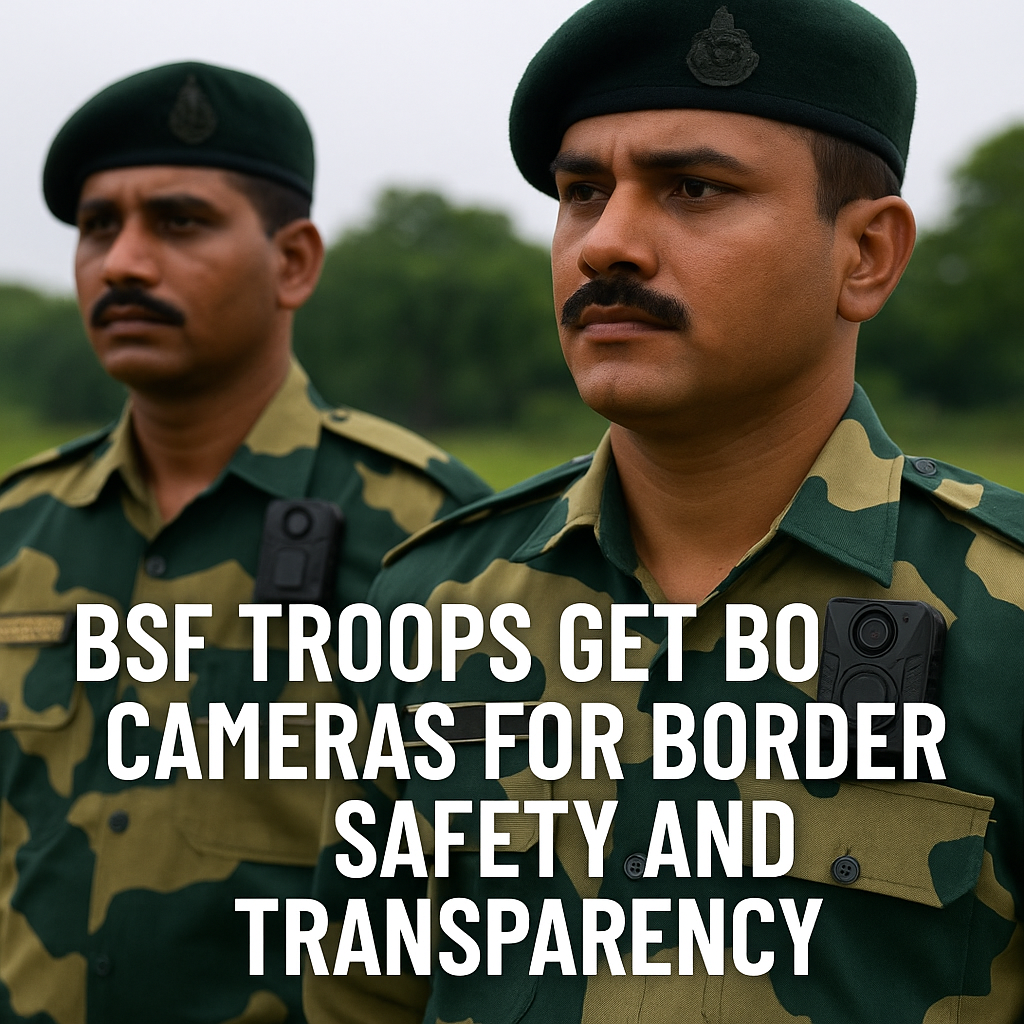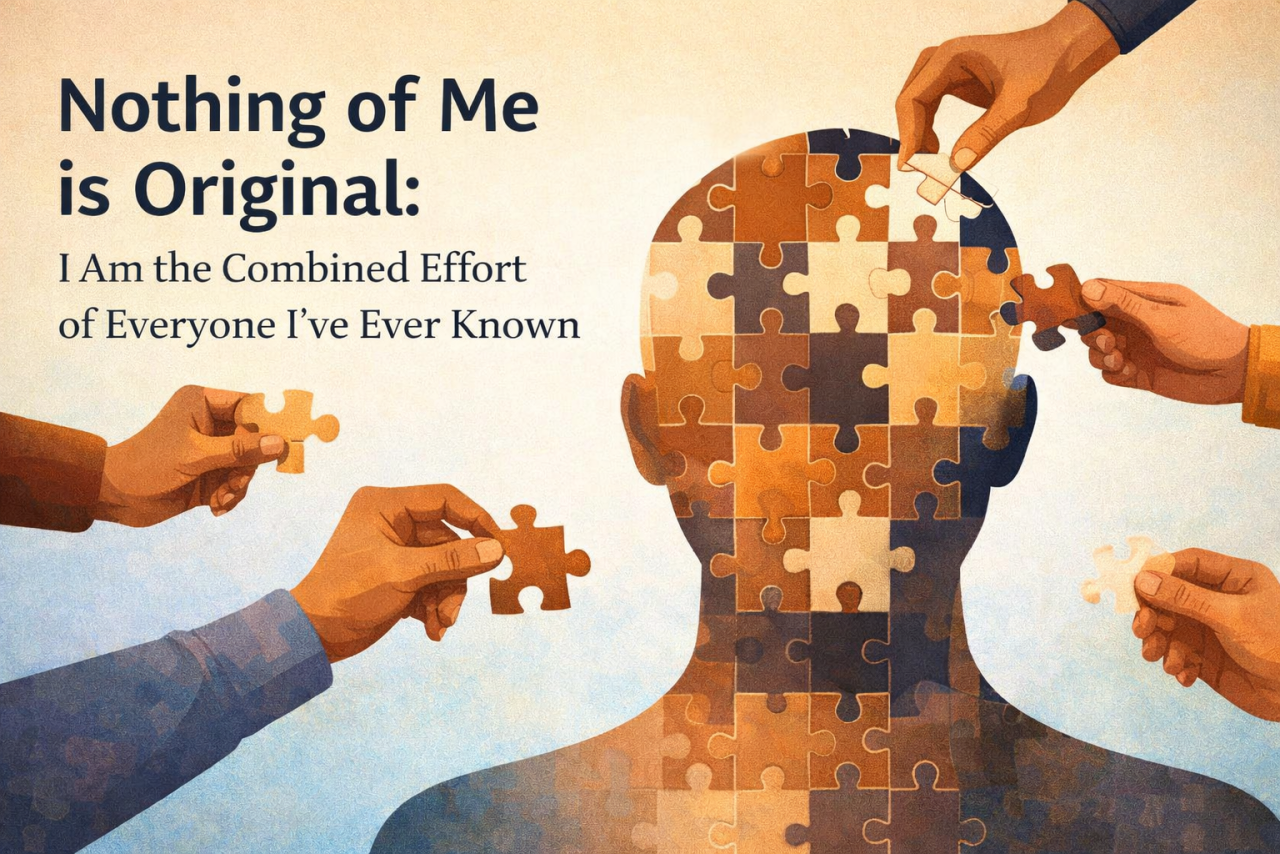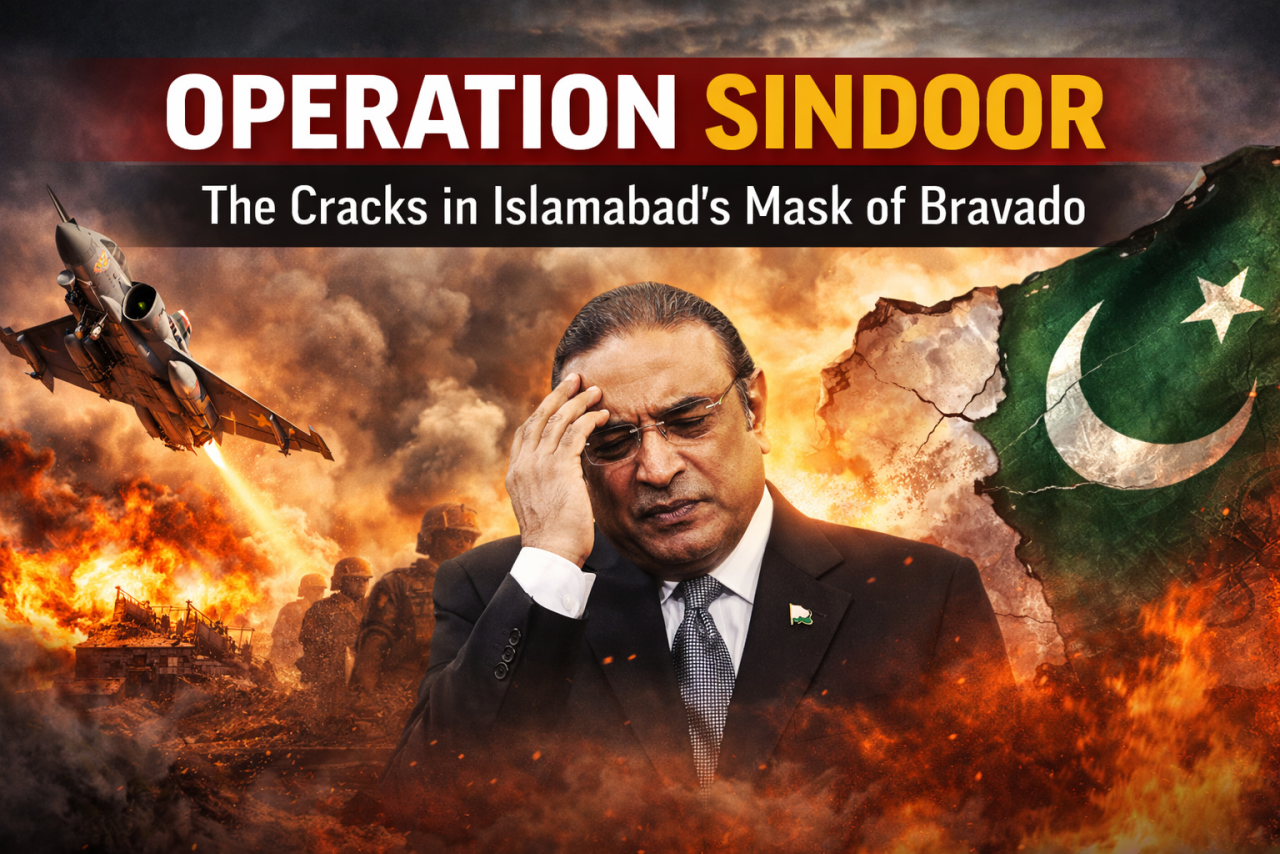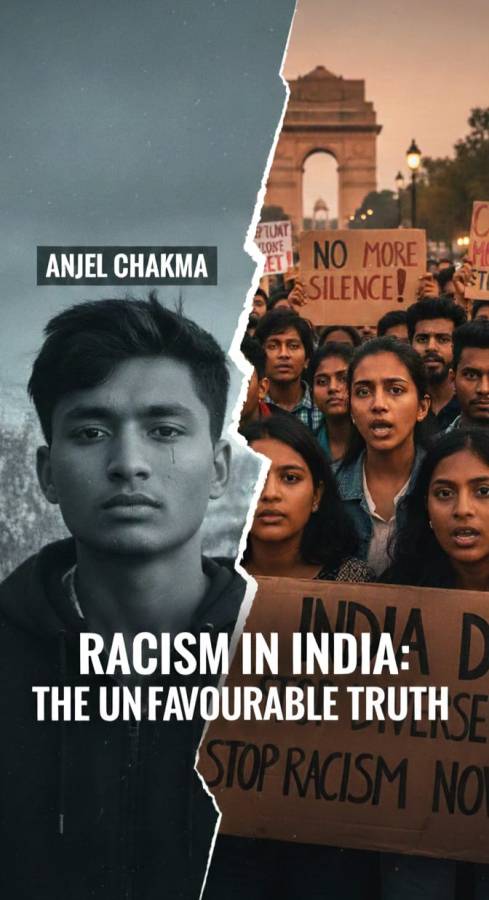
To make things more transparent and secure India-Bangladesh border, the Border Security Force (BSF) is now giving body cameras to its soldiers. Around 5,000 such cameras are being added to improve safety and reduce conflicts. This step comes as tensions rise with the Border Guards Bangladesh (BGB), and complaints grow about the way deportations are handled and how force is used.
So far, 2,500 cameras have already been given to the troops. The rest will be delivered soon. These are small cameras powered by batteries and are worn on uniforms or winter jackets. Soldiers can switch them on manually, and they even work at night using night vision, which helps record incidents that happen in the dark.
This move is not just about upgrading with new gadgets. It is a smart response to the problems happening at the border. In 2024, BSF soldiers were attacked 77 times near the Bangladesh border. That’s a big jump from just 35 attacks recorded by June 30 the same year. Most of these fights are caused by drug smugglers, human traffickers, and people trying to cross the border without permission.
The body cameras will help by recording everything that happens during patrols. This video evidence will be useful in showing the truth if any problems arise. A BSF officer explained that the cameras will keep both the officers and the public safe. If someone later claims that a soldier used too much force, the video will show what really happened. It can also help settle disagreements between BSF and BGB teams and reduce complaints from local people.
These cameras are just one part of a larger plan to make the border safer. The BSF is also using better communication tools and stronger monitoring systems. Cameras not only record what happens but also help officers improve their work. The videos can be reviewed to check if the rules were followed or to recognize a soldier who did a good job.
The India-Bangladesh border is very long, over 4,000 kilometers. It goes through crowded villages and busy trade areas, but it is also known for smuggling and illegal crossing. In 2024, the BSF caught 2,425 people trying to go from India into Bangladesh and 1,049 people entering India illegally. Between January 1 and July 15 of this year, those numbers are already 1,372 and 3,536. This shows how tough the job is for the BSF soldiers every day.
Arguments between BSF and BGB often happen at the border. Sometimes, villagers living near the border also complain about BSF using too much force. In these situations, a video record of what happened can give a clear and honest version of events. It helps not just the BSF but also improves trust between the two countries.
The decision to use body cameras came after the Operation Sindoor. Officials were looking for long-term ways to manage border problems and build better trust between the border forces. A senior BSF officer said that the cameras will also help officers review what happened during missions and improve how they react in the future.
As India deals with more complex border issues, it is clear that using smart technology with on-ground strategies is the way forward. From drones and sensors to now wearable cameras, the focus is shifting from using force to using smart, evidence-based methods for border control.





















